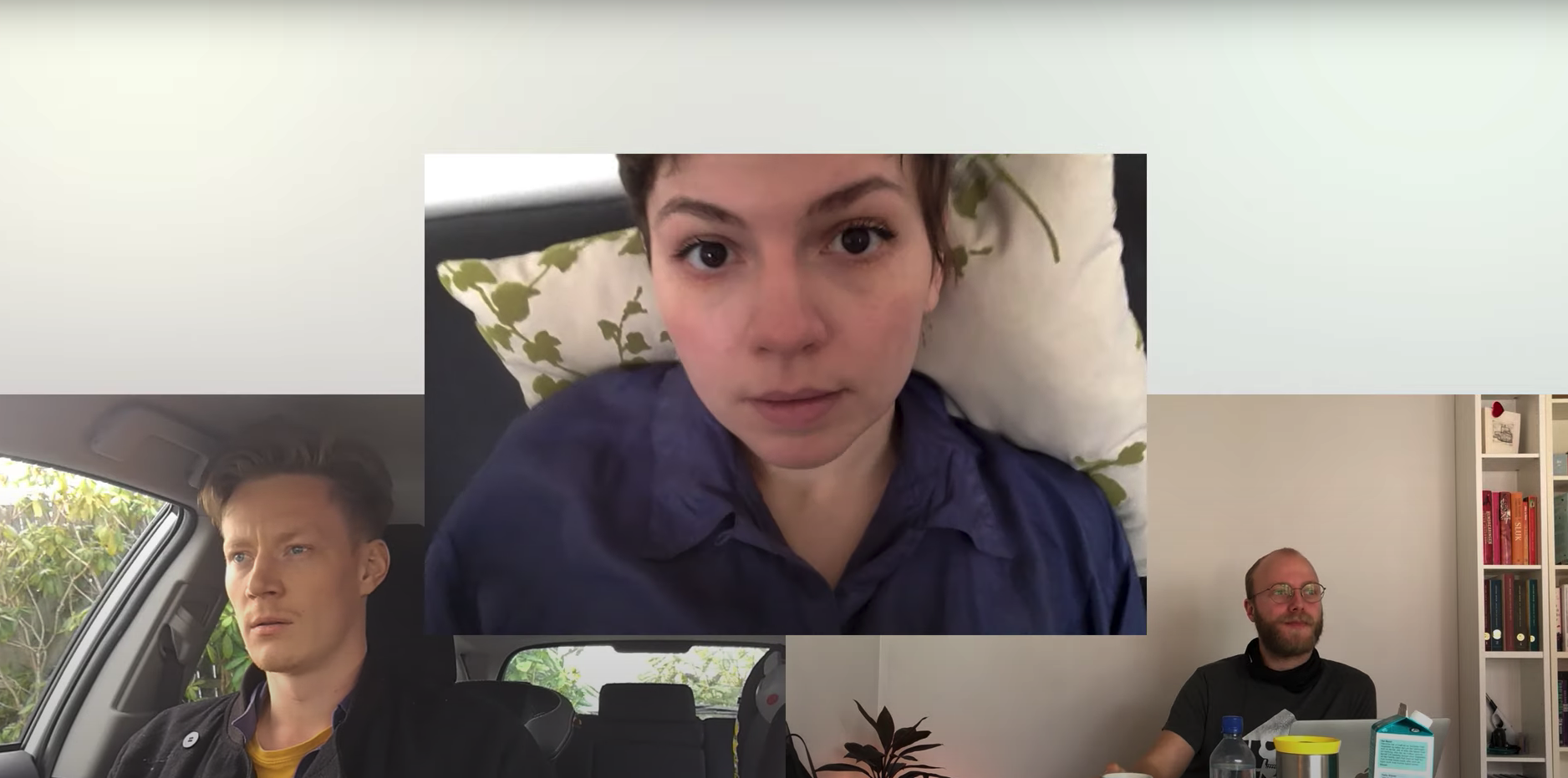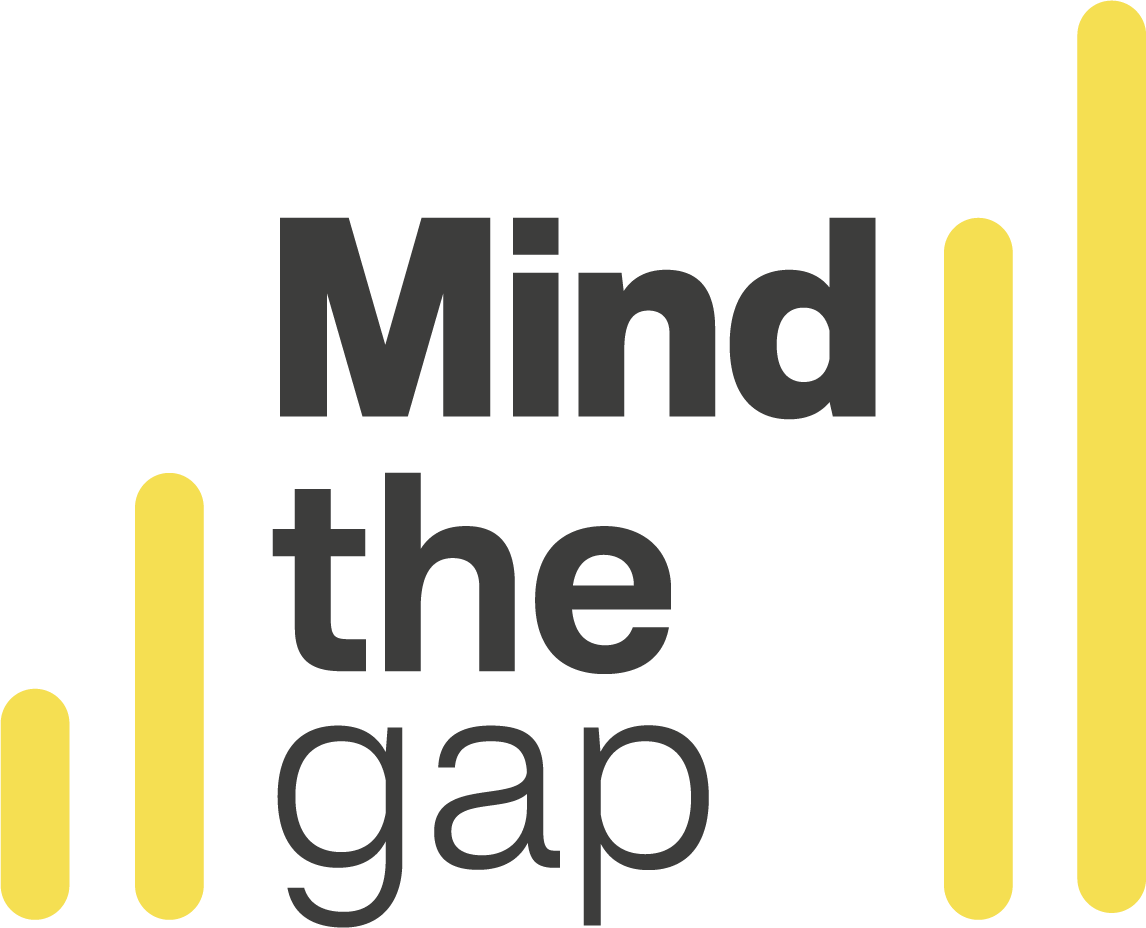
Haugesund Theater: Building online connections through collaborative video projects
Organisations
Haugesund Theater is a professional regional theatre, established in 1986 and based in Nord-Rogaland.
Project
Haugesund Theater was one of the first theatres in Norway to experiment with digital approaches to theatre during Covid-19. As soon as the lockdown was announced by the Norwegian government, theatre staff, actors and creative teams brainstormed options to keep the theatre alive and audiences engaged. Throughout the Covid-19 pandemic, Haugesund Theatre used digital approaches in order to continue to connect with audiences and local high school youth. In Saramagos, Blindness actors created a new adaptation of a play that had already premiered, filming themselves on their own devices from their homes. In Monologues professional actors explored monologues and camera acting via digital platforms with high school drama students.
Participants
Professional actors in the first case and thirty-five 16 to 19 year-old drama students in the second.
Key persons
Monika Bjerke, Production Manager, Haugesund Theatre
Project outcomes
Maintained connections with audiences throughout lockdowns via digital tools (video and social media)
Enabled a wider audience to attend the performances, people who were not able to attend performances because they lived in rural areas far from the theatre, were able to attend online.
The video performance of Blindness was brought to the attention of the Norwegian culture department, which used it as a case study.
Improved the visibility of the theatre in both local and wider communities via social media and in the press.
Increased creativity and awareness of how to (and not to) use digital tools, such as Snapchat and Spotify for videos, and cell phone-cameras and other filming devices and personal computers for streaming and editing.
Approach
The two projects required actors and participants to draw on their respective strengths and think creatively. In the case of Saramagos, Blindness, actors used to receiving directions from a stage director, were now required to direct themselves from their own homes. In Monologues, students and actors meet over digital platforms for training sessions, wherafter the students worked independently. They used their personal computers and smartphones or borrowed devices from their educational institution, creating short videos with sound effects, music and a variety of different backgrounds.
Results
According to Production Manager Monika Bjerke, this experience with digital tools opened up new perspectives for the theatre on how to foster creativity and enable connections between the audience and the theatre, which have been maintained since the institution has reopened, e.g. through making small videos for Instagram and Facebook. The theatre also interviews the actors more frequently and has more live filming.
Turning towards digital solutions enabled the theatre to keep the actors working while most of the country was shut down due to the pandemic. The actors' creativity was also stimulated during a time they mostly spent at home.
Bjerke describes that as the theatre was one of the first to broadcast from the theatre in lockdown, this had quite a huge impact on our reputation, both artistically, but also politically.
The educational project was a success in many ways. The students, already familiar with digital platforms such as TikTok, showed great capacity, creativity and competency in working with digital platforms to express themselves creatively, inspiring the production team to learn more about digital tools. Bjerke describes that they have since been asked to continue the work with the students. The students have been used as an audience in rehearsals, and have been asked to contribute with ideas on devised plays. They have also received free tickets to the shows.
Lessons learned
Trust the creativity of all involved The actors' creativity was used differently than usual when they turned towards digital tools, as none of them had much experience with the medium. The actors had to be creative, not just doing what they were told by the director, but also creating content. A lesson learned can therefore seem to be that it becomes easier to try out new digital tools, when you let everyone use their creativity, and play around.
